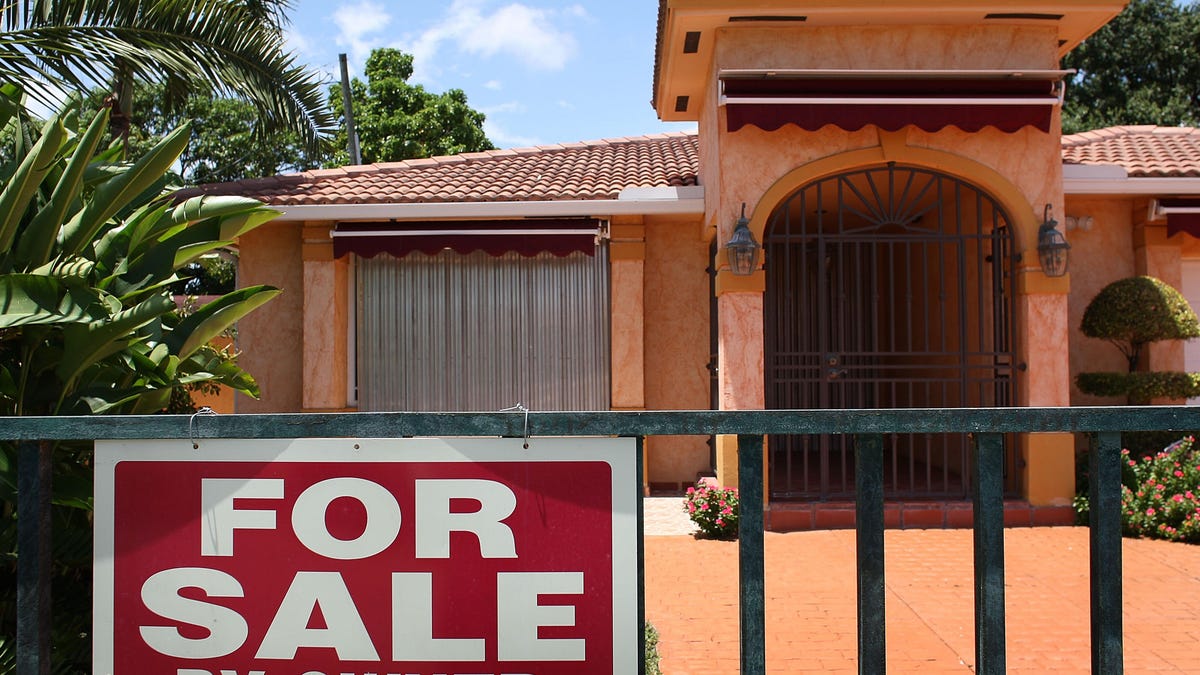
Both 15-year fixed and 30-year fixed refinances saw their mean rates shrink over the past seven days. The average rate on 10-year fixed refinance also declined significantly.
Amid its ongoing battle to fight inflation, the Federal Reserve announced a 0.25% hike to its target federal funds rate on May 3. Refinance rates, like mortgage rates, fluctuate on a daily basis and could see further movement in response, or they could stay generally the same.
“The market has already built in the expectations for a 25-basis-point hike in May and then no further hikes after that,” says Scott Haymore, head of capital markets and mortgage pricing at TD Bank.
With inflation falling steadily from its peak last summer, the Fed has signaled that the end of the current rate hiking cycle may be in sight. Depending on incoming inflation data, the Fed may hold rates where they are — but not cut them — until inflation reaches its 2% goal.
“Ultimately, more certainty about the Fed’s actions will help to smooth out some of the volatility we have seen with mortgage rates,” says Odeta Kushi, deputy chief economist at First American Financial Corporation.
As the Fed aggressively ratcheted up its federal funds rate in 2022, refinance rates spiked, but we’re seeing signs that rates may be slowly starting to level out as inflation eases.
For the first three meetings of 2023, the Fed has adopted smaller rate increases — 25 basis points as compared with the 75- and 50-basis-point increases common last year — as it waits to see the cumulative effects of policy changes on inflation.
Looking at average mortgage rate data for the past year, mortgage rates hit a peak in late 2022 and have been trending down since then. We’re still a long way from the record-low refinance rates of 2020 and 2021, but borrowers may see rates fall in 2023.
30-year fixed-rate refinance
The average 30-year fixed refinance rate right now is 7.10%, a decrease of 15 basis points over this time last week. (A basis point is equivalent to 0.01%.) A 30-year fixed refinance will typically have lower monthly payments than a 10- or 15-year refinance. Because of this, a 30-year refinance can be a good idea if you’re having trouble making your monthly payments. However, interest rates for a 30-year refinance will typically be higher than rates for a 10- or 15-year refinance. It’ll also take you longer to pay off your loan.
10-year fixed-rate refinance
For 10-year fixed refinances, the average rate is currently at 6.59%, a decrease of 17 basis points compared to one week ago. You’ll pay more every month with a 10-year fixed refinance compared to a 15- or 30-year refinance — but you’ll also have a lower interest rate. A 10-year refinance can help you pay off your house much quicker and save on interest. However, you should analyze your budget and current financial situation to make sure you’ll be able to afford the higher monthly payment.
Where rates are headed
At the start of the pandemic, refinance interest rates hit a historic low. But in early 2022, the Fed started hiking interest rates in an effort to curb runaway inflation. While the Fed doesn’t directly set mortgage rates, the Fed rate hikes led to an increased cost of borrowing among most consumer loan products, including mortgages and refinances. Mortgage rates hit a 20-year high in late 2022.
Refinancing can be a great move if you get a good rate or can pay off your loan sooner — but consider carefully whether it’s the right choice for you at the moment.
When should I refinance?
In order for a refinance to make sense, you’ll generally want to get a lower interest rate than your current rate. Aside from interest rates, changing your loan term is another reason to refinance. When deciding whether to refinance, be sure to take into account other factors besides market interest rates, including how long you plan to stay in your current home, the length of your loan term and the amount of your monthly payment. And don’t forget about fees and closing costs, which can add up.
As interest rates increased throughout 2022, the pool of refinancing applicants contracted. If you bought your house when interest rates were lower than they are today, there may not be a financial benefit in refinancing your mortgage.

